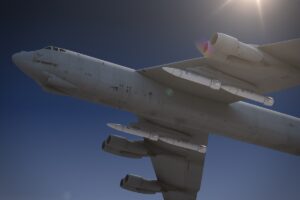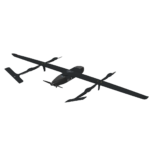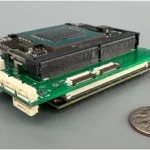
Air Force Secretary Frank Kendall said this week that two booster flight tests this year of a prototype Lockheed Martin [LMT] AGM-183A Air-Launched Rapid Response Weapon (ARRW) have not changed his view on the utility of hypersonic weapons. "Hypersonics to me are not a panacea," Kendall told reporters this week at the Air & Space Forces Association annual conference in National Harbor, Md. "They're not a magic solution to our problems. In fact, it's difficult with hypersonics to engage some…














